Kudos on thinking ahead. A secret gardening technique that has been used by humans for ages is crop rotationCrop rotation is the practice of sowing a different crop in a land after the growing season of another crop. With crop rotation, soil nutrients can be replenished, pest life cycle will be broken, and you will have diverse harvests over the years,. CropCrops are plants cultivated by humans for specific purposes. Crops can be made for food, medicine, flower, etc. Examples of crops are wheat, tomato, cabbage, etc. rotation has a lot of benefits. For potatoes, crop rotation is a must if you want a healthy harvest and more yield. Are there other benefits of crop rotation? What should you plant after potatoes?
What is Crop Rotation?
Crop rotation is the practice of growing a different plant after the growing season of a particular crop. For example, you can grow potatoes in your yard this year, and then grow cucumbers next year. Crop rotation is vital for several reasons.
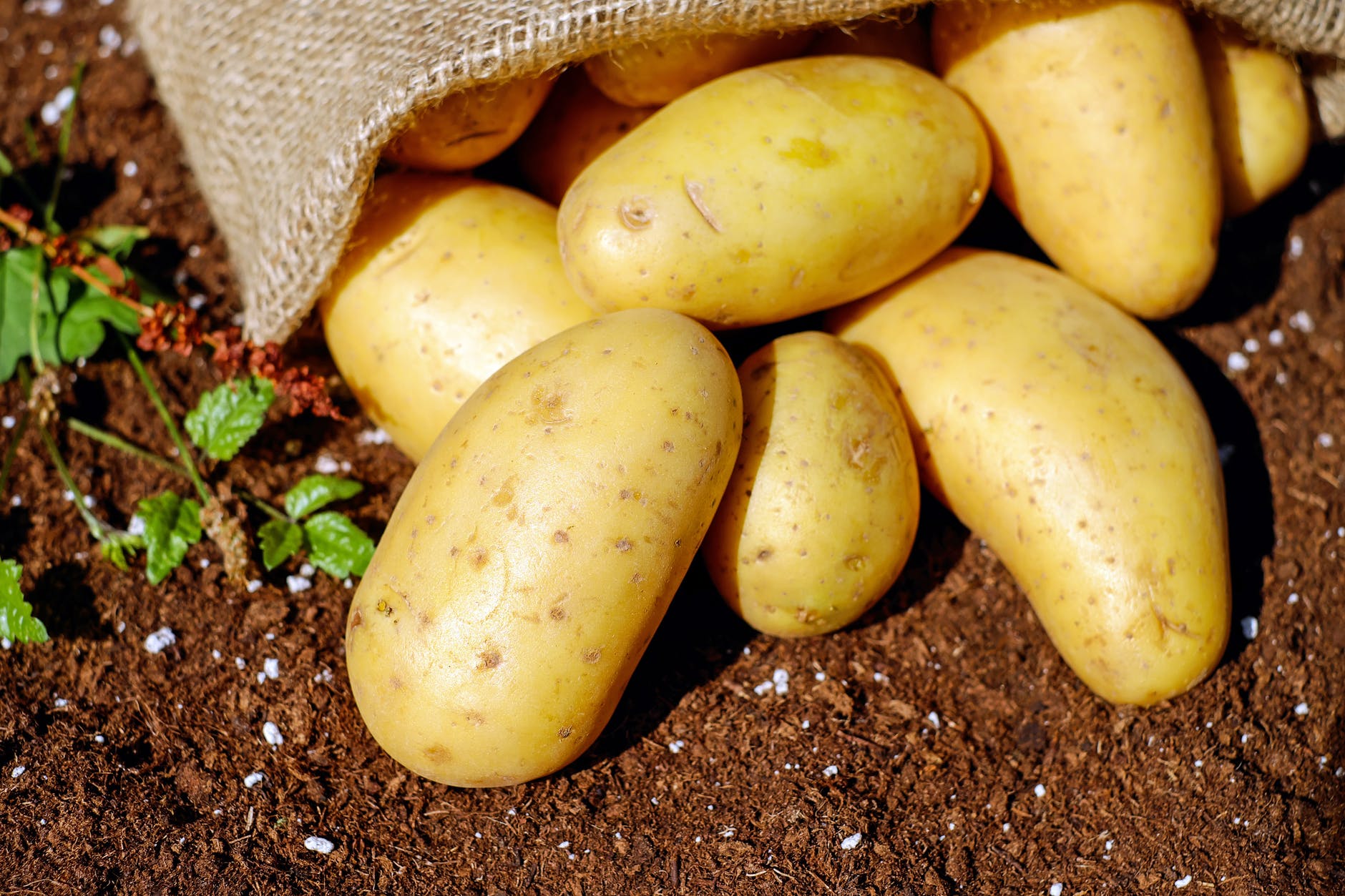
Why Rotate Crops?
Nutrient Retention
Different plants have different nutrient needs. The nutrient requirements of potatoes are different from that of another plant. If you continue to grow potatoes in a particular place continuously, the soil will be quickly depleted of the nutrients that potatoes consume the most. If you rotate potatoes with vegetables that have a different nutritional need like cabbage, the soil will have enough nutrients for potatoes when you plant them again.
Potatoes are heavy feeders. To retain nutrients in the soil, you should grow vegetables that are light or mediumAny material used as substrate for the growth of organisms such as plants, mushrooms, and microbes. Soil is the medium for most plants while a mixture of sawdust and grains is the medium of commercially cultured mushrooms. feeders.
Nitrogen Fixation
Plants in the family Fabaceae, which are also called legumes, can fix nitrogen into the soil (with the help of friendly bacteria). Legumes planted between potato crops will restore the nitrogen levels.
Control of Pests and Diseases
Potatoes are susceptible to a wide range of diseases. If you regrow them after a harvest disaster (i.e., diseased potatoes), you will regrow more diseased potatoes.
When you plant an entirely different crop (from a different family), the population of bacteria, fungi, or other pests that infected your potatoes will reduce because these organisms will not be able to find a compatible host.
Larger Yearly Harvest
If you sow potatoes in spring, you are likely to harvest them in late summer or fall. What happens to the soil during the winter? Even though the main aim of crop rotation is to plant a different crop for a whole year, you can grow potatoes from May to September (depending on the varietyPlant varieties make up a species. Varieties are plants in a species that have unique characteristics from other plants in that species. For example, watermelons have varieties that are seedless. of potato) and plant something else for late fall (or winter) harvest. Planting more crops will give you more yield in just one year.
Gardeners have differing reasons for rotating crops. Now that you know the basics, why will you alternateIn this leaf arrangement, leaves grow in the stem alone at their position. This means that you can only find one leaf at a particular height of the stem. If there are two or more leaves, it could be an opposite or whorl leaf arrangement. your potatoes with other plants?
Note that many gardeners use crop rotation for organicAn organic material is any material derived from plants, animals, fungi, or microbe sources (i.e. living things) and is biodegradable. 'Organic' can also refer to the gardening practice that involve zero use of chemicals as fertilizers, pesticides, etc. Plants grown organically are healthier and produce fruits with more quality. farming (i.e., they use less inorganic fertilizers, pesticides, and herbicides).
When Should You Practice Crop Rotation?
Diseased Potatoes
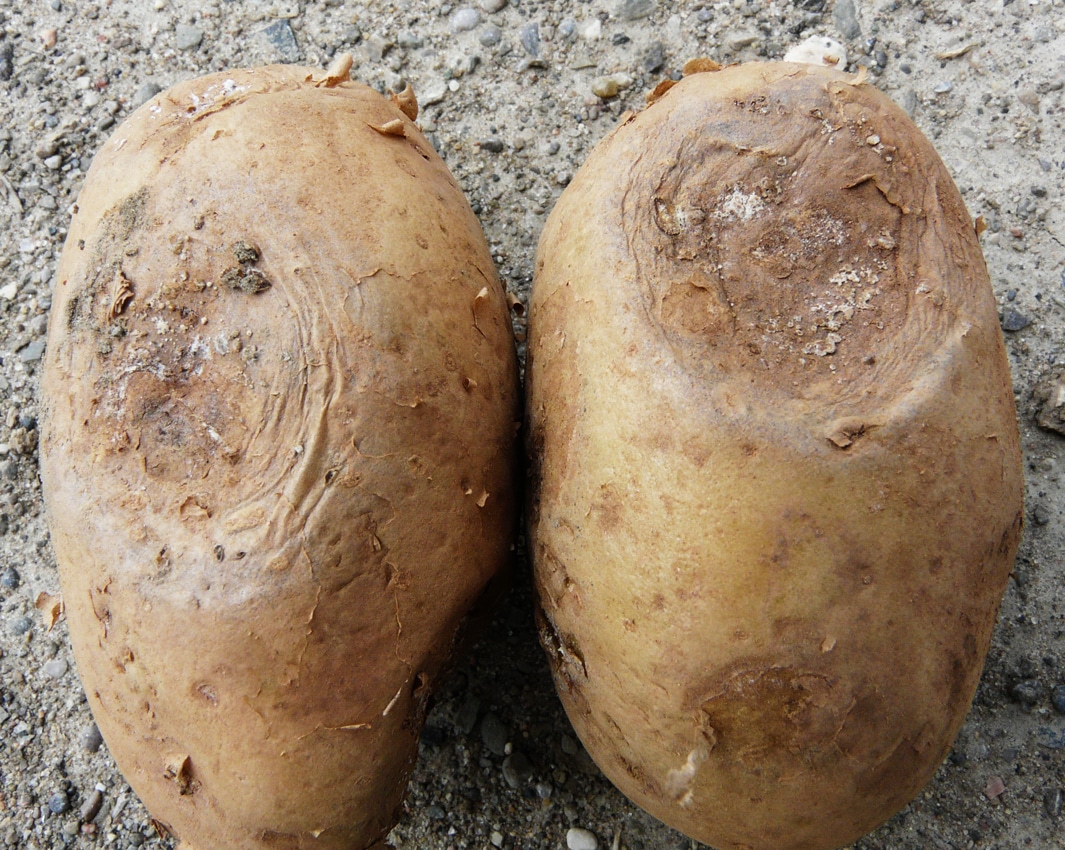
If you dig up tubers infected with a soil-borne disease, do not regrow potatoes in that soil for two or three years. Try to identify the disease and grow crops that are not affected by it.
Nutrient Deficiency
If you notice that your potato crops are lacking a nutrient, you should plant a different vegetable in the soil. You can plant light feeders or legumes. Examples of crops you can grow after potatoes for retention of soil nutrients are listed in this article.
Now that you know what crop rotation is, why you should practice crop rotation, and when you should rotate potatoes, what are vegetables that you can plant after potatoes? Keep reading.
Deciding What to Plant after Potatoes
To decide on a vegetable to plant after potatoes, you should have a reason for rotating crops. The plants you will grow if you are practicing crop rotation to control potato pests and disease are different from the ones that will help to retain the nutrients in the soil. Below are lists of vegetables suitable for various reasons for crop rotation.
What to Plant after Potatoes for More Yield
If your garden soil is fertileRefers to fruits that bear seeds that can germinate into new plants. Also refers to stamens that bear pollen. With pollens in stamens, a plant can produce fruits (bearing seeds)., your harvested potatoes are freeRefers to structures that are not attached to organs or any structure. For example, a petal free from the calyx. from diseases, and there is still time to grow other crops, you should consider growing some plants that can survive fall (or early winter).
If you harvested your potatoes in May consider planting:
- Melon
- Pepper
- Pumpkin
- Cucumber
- Sweet Potato
- Winter Squash
After a June potato harvest, plant:
- Okra
- Pepper
- Pumpkin
- Cucumber
- Winter Squash
- Cilantro
- Cowpeas
- Sweet corn
- Fall tomatoes
- Winter Squash
You can start the following plants in July:
- Kale
- Onions
- Fall peas
- Green beans
- Winter squash
When buying seeds, ask the shop owner for cold-hardy varieties. Research other vegetables that are appropriate to grow in your zone.
Note that some crops planted after potatoes require a fertilizerAny material added into the soil (or sprayed on leaves) to give more nutrients to plants. Fertilizers often give Nitrogen, Phosphorus, and Potassium (NPK) to plants. Fertilizers can be organic or inorganic.. For example, Peppers planted after potatoes are less productive if you do not use fertilizers.
What to Plant after Potatoes for Nutrient Retention
The ideal plants to sow to retain some nutrients in the soil are light/medium feeding crops. The duration of this form of crop rotation should be more than a year because some of these crops prefer spring or summer. Examples of light/medium feeding crops are:
- Dill
- Peas
- Fenugreek
- Parsnips
- Dolichos
- Soybeans
Did you notice that most of the vegetables listed above are legumes? Leguminous plants collect less nitrogen from the soil because they can produce their own (with the help of friendly bacteria). When legumes die and decay, they enrich the soil with even more nitrogen.
What to Plant after Potatoes for Control of Pests and Diseases
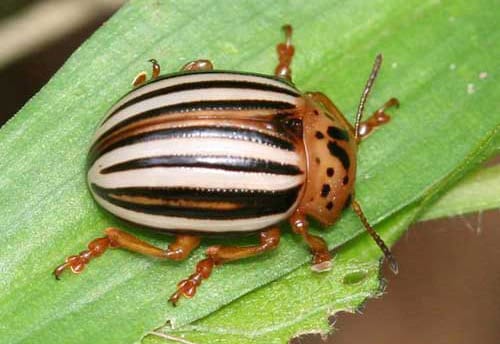
First of all, you should know that potato pests and diseases will infect other crops (especially crops in the potato family). If your harvested potatoes are diseased, you should not grow any vegetables in the Solanaceae (or nightshade) family in the same soil. Examples of solanaceous crops (other than potato) are:
- Petunia
- Tomato
- Tobacco
- Eggplant
- Capsicum (Chili Pepper)
Do not grow any of the above crops if your potato harvest was a disaster.
Below are the details of some common potato pests/diseases, their symptoms on the potatoes, and crops that they cannot infect.
Early Blight
Caused by the fungi Alternaria solani, early blight affects potatoes and tomatoes. This disease causes bullseye spots on the leaves, stem lesion, and tuber blight.
Vegetables that you can grow after potatoes to control Alternaria solani are:
- Onions
- Carrots
- Lettuce
- Broccoli
- Cabbage
The fungi can last in the soil for over a year, so you should grow unrelated crops for several years.
Common Scab
The bacteria that cause common scab is in the genus Streptomyces. Hosts of this bacteria are mostly root vegetables. You can identify a scabbed potato with the rough, circular, and brown/tan blemish on the surface of the tubers.
If Streptomyces is in your soil, do not grow root vegetables like turnips, beets, carrots, parsnips, and radishes. You can grow:
- Kale
- Onions
- Lettuce
- Cucumbers
- Peas and beans
Onions, though a root vegetable, is not a host of Streptomyces. Remember that you should not grow solanaceous crops after diseased potatoes for several years.
Colorado Potato Beetles
These beetles, though pretty, are disastrous to potato crops. Colorado potato beetles are pests that can kill your potato plants. The good thing is that these beetles prefer plants in the nightshade family. To prevent the Colorado potato beetles from entering your garden, do not grow solanaceous crops after potatoes.
Crops you can grow after a bout with potato beetles are:
- Carrots
- Lettuce
- Cabbage
- Watermelons
- Sweet potatoes
When you grow more unrelated crops, fewer beetles will attack.
Wireworms
Wireworms are the larvae of the click beetle. They are destructive and can cause wilting, stunted growth, and death to potatoes, grains, cabbage, soybeans, melons, etc. To prevent adult beetles from laying eggs in your garden, grow some non-host vegetables like:
- Alfalfa
- Onions
- Lettuce
- Sunflowers
- Buckwheats
Rotate potatoes with crops with labeled insecticides against wireworms such as sugar beets, tomatoes, and corn. For most pesticides, you should wait at least ten months after using to plant. Read the instructions on the insecticides to know when to plant potatoes.
If pests not listed in this article attack your potatoes, research non-host vegetables that you can grow after potatoes.
Conclusion
Potatoes should not be regrown in the same soil continuously for years. To retain nutrients and control pests without using inorganic fertilizers and pesticides, you should practice crop rotation.
Your maincrop potatoes will soon be ready for harvest. Will you plant something else or wait till next year? What vegetables will you plant? Share your thoughts in the comment section below.



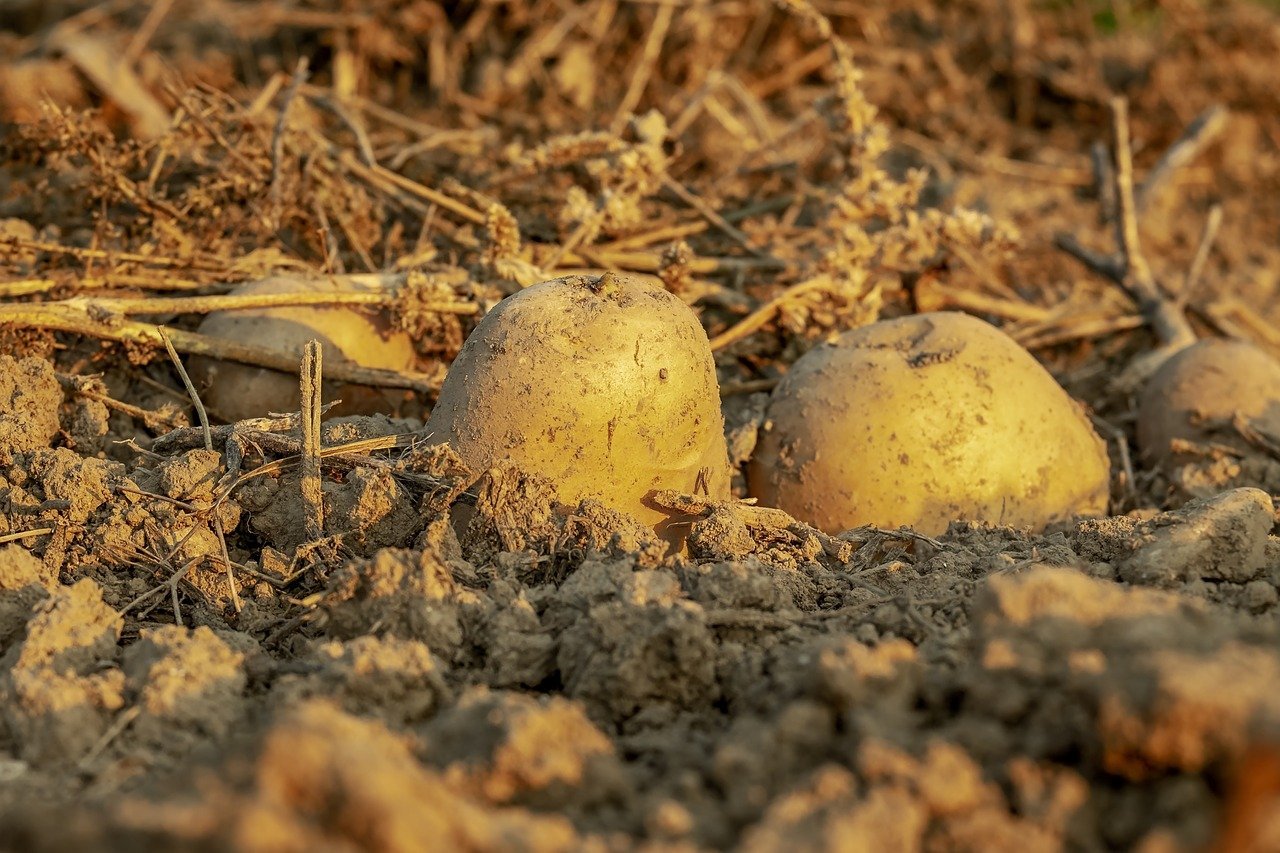
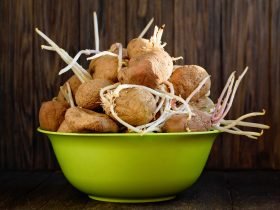

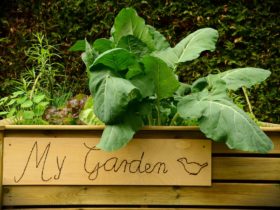

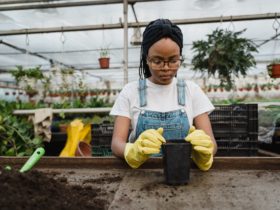
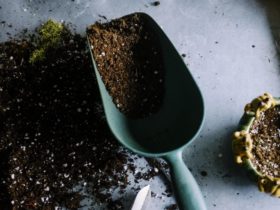
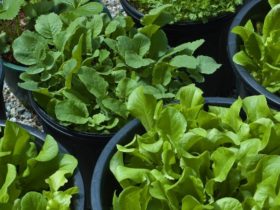

Information was very useful thank you